The Solus Project from Grip Games piqued our interest last year when it popped up. It looked quite tasty in the visuals department, which is always a good way to grab some attention. I’ll admit that survival games are not usually my thing, especially since there are so many of them these days; but from time to time a gem reveals itself.
The Solus Project is a story about mankind’s attempted survival. Following the destruction of earth, ships have been sent to the far reaches of space to find a new home. It’s not exactly an original premise, but it does at least give meaning (and a bit of urgency) to why you are left wandering around on a strange planet.
Sitting in Gliese-6143-C’s orbit, your ship is suddenly and mysteriously shot down. Crawling out of the wreckage of your escape pod, you soon realise that exploring the planet and finding out of it will be a suitable home will be no easy task. You’ll need all the survival skills you can muster to complete your mission and (maybe) save humanity.
Right from the start, the development team ease the player into the gameplay mechanics with some simple puzzle solving. You also learn that, with the help of hand-held computer device thing, your vital signs are all being monitored. Levels of dehydration, hunger, and other essentials are all available through this device which sits permanently in your left hand. This device is your life line. It tells you when you are in trouble and it even translates alien languages. Handy when on the surface of any distant planet.
It’s not long after the crash that weird stuff starts happening and it becomes obvious that you’re not alone, or, at least, someone has been here before you. After figuring out the fundamentals like how to gather water, scavenge for food and create basic tools, the game leads the player on a mystery tour via waypoints which indicate the next objective location marker.
It’s hard to convey a sense of desperation in a game, but The Solus Project one that pulls you into the experience right from the get-go. It wasn’t long after a small amount of exploring I was thinking about where the hell I was going to find the next plant to eat, and how long until I could find some fresh water. When your hand-held computer is telling you you’re suffering from hypothermia you need to think about how those effects can be reversed. When it’s telling you you’re burning up due to heat stroke, it’s a scramble for shelter. It’s also important to get enough sleep, which doubles as a helpful way of passing the hours until daylight.
The weather on Gliese-6143-C is highly unpredictable. One minute it’s a freezing night with snow, the next the day the sun is burning you up. There are also meteorite showers and earthquakes to contend with. It’s this unpredictability that helps to keep the gameplay tense.
With limited space to carry items it’s hard to decide what to take and what to drop, but fortunately the inventory size can be increased by picking up larger backpacks (found through exploration). This becomes essential for survival, allowing you to venture further away from the safe camp zones with enough water and food. Items you find may also prove useful as more of the surrounding area is explored, so it’s a real toss up when deciding what to take. You may find an odd key, or a hammer’s head; all sorts of stuff that may or may not prove useful.
Puzzle solving plays a major part in the progression, and the puzzles in the early part of the game are quite simple. There are tips at the start which show how to combine objects to make more useful objects; achieved by holding an item in one hand and moving the crosshair over the other object to combine them. I initially wondered why my lit torch wasn’t burning my backpack to pieces when it was put away, but eventually I was just grateful it stayed lit because the caves can get dark.
The game moves you through the different sections with ease and it never feels too forced, even though for a large chunk of time you are following a linear path. Every now and then you’re unleashed from the waypoint chain, giving you time to freely explore. These waypoints could also be ignored for a bit, of course, but uncovering the mystery is part of the fun.
The dev team has come up with a simple way to get players out of sticky situations too. Right from the start there are all kinds of rock formations to navigate around and at one point I fell between two rocks and got stuck. Fortunately, one of the items found early on is a teleport device. Fire the pad from the teleport gun then teleport to where the pad lands. It’s a simple way to make sure players don’t end their mission embarrassingly wedged between bits of geometry, and it works extremely well.
The second part of The Solus Project has just been released, which adds a new island to explore and their largest cave area yet. It’s also worth noting that the game now comes with VR support. It’s only recently been added in, but the game looks fantastic in the DK2 and should look even better when the new hardware arrives. VR enthusiasts should definitely be checking this game out.
It’s been a while since I got pulled into a game so quickly and it’s one I would recommend taking a look in Steam Early Acesss or through GOG’s new Games in Development scheme. Even though The Solus Project is not yet finished, it’s proving to be one of my favourites during these early months of the year.

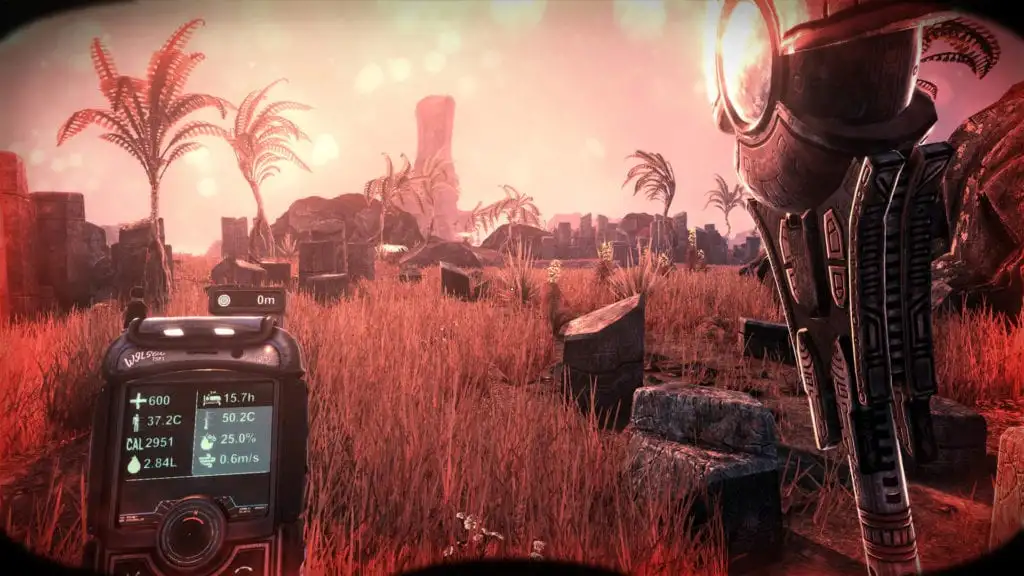







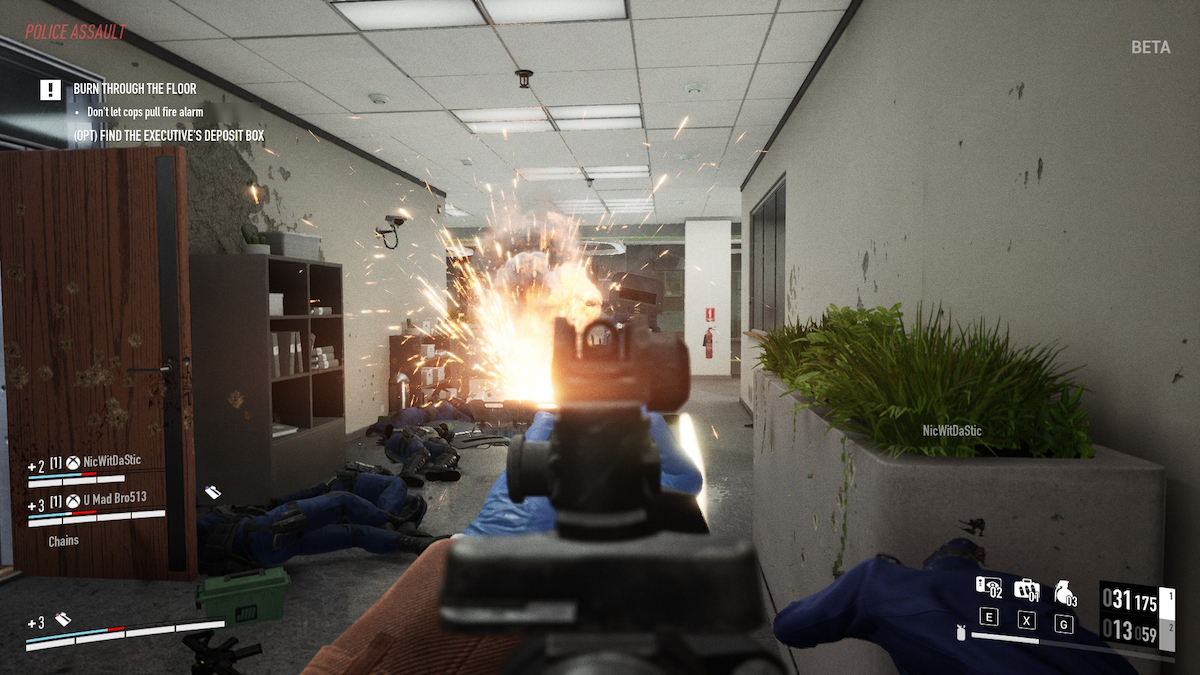
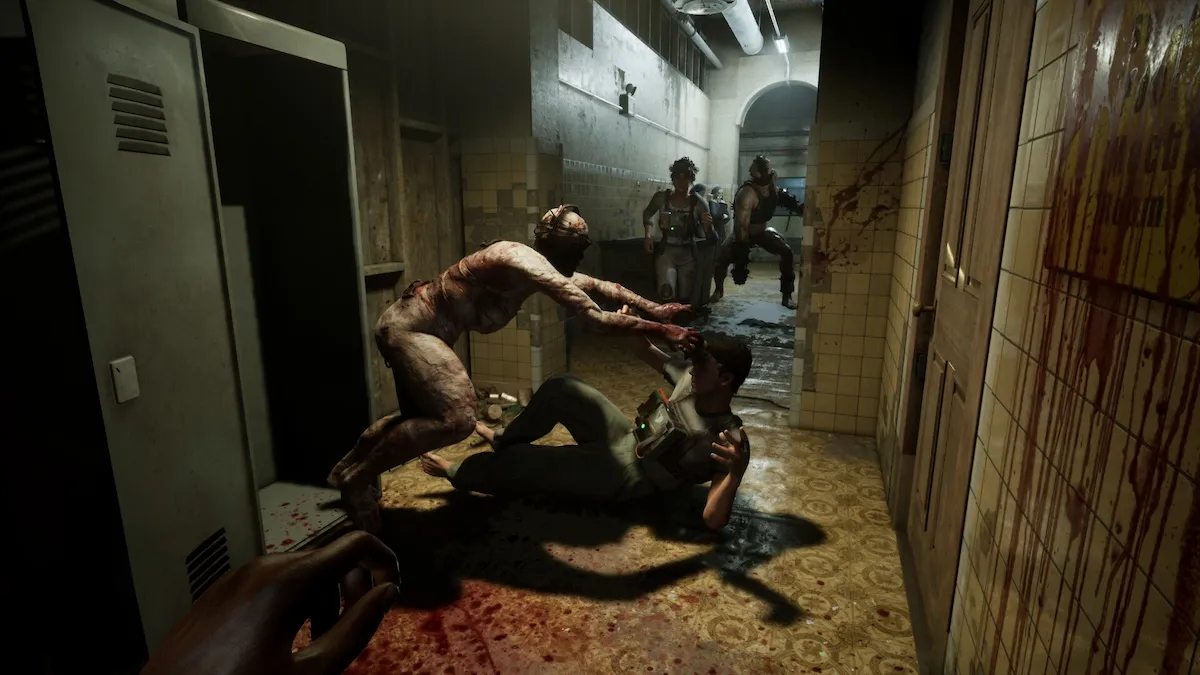
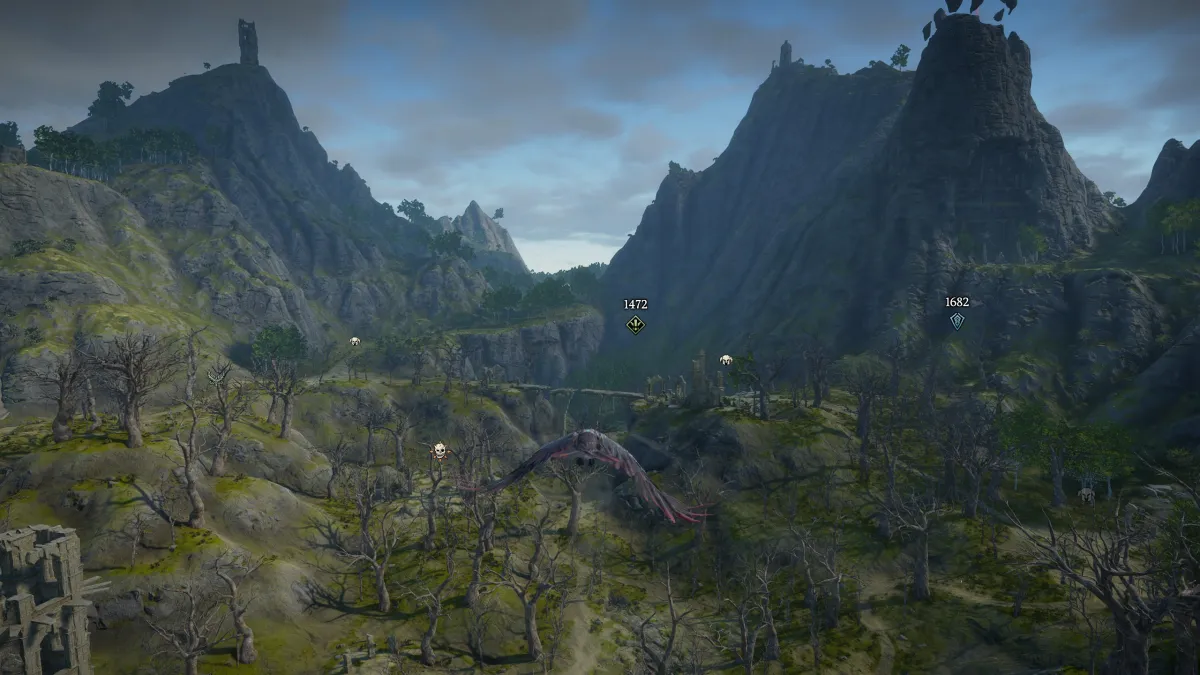
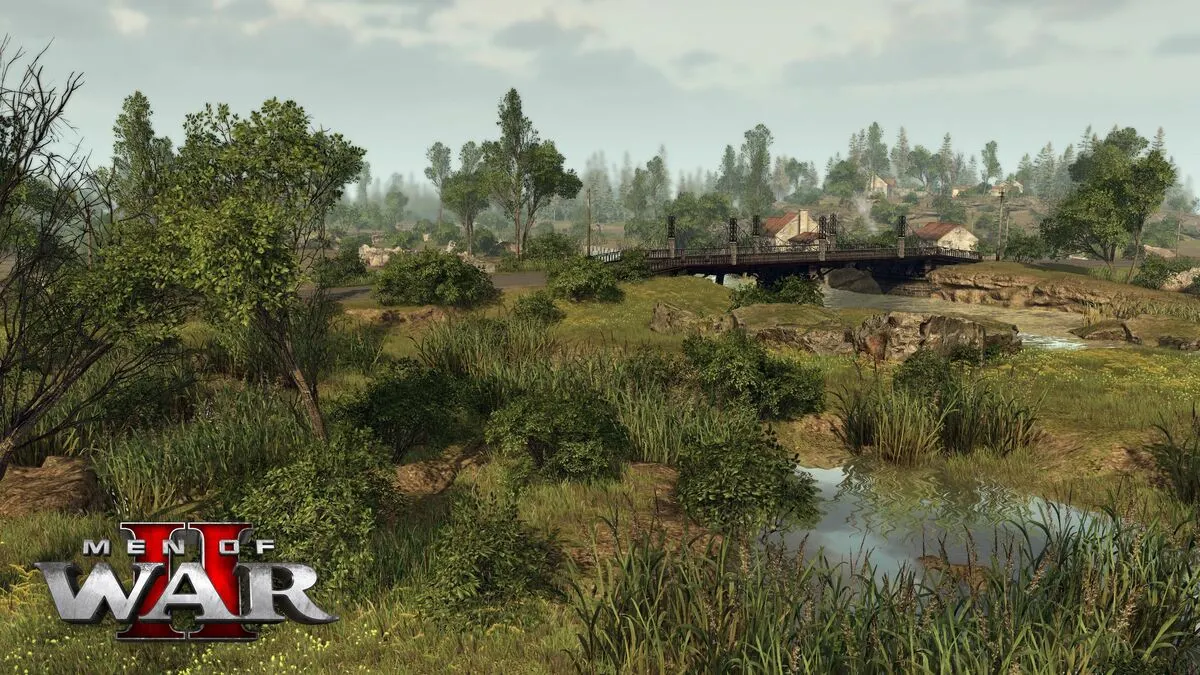
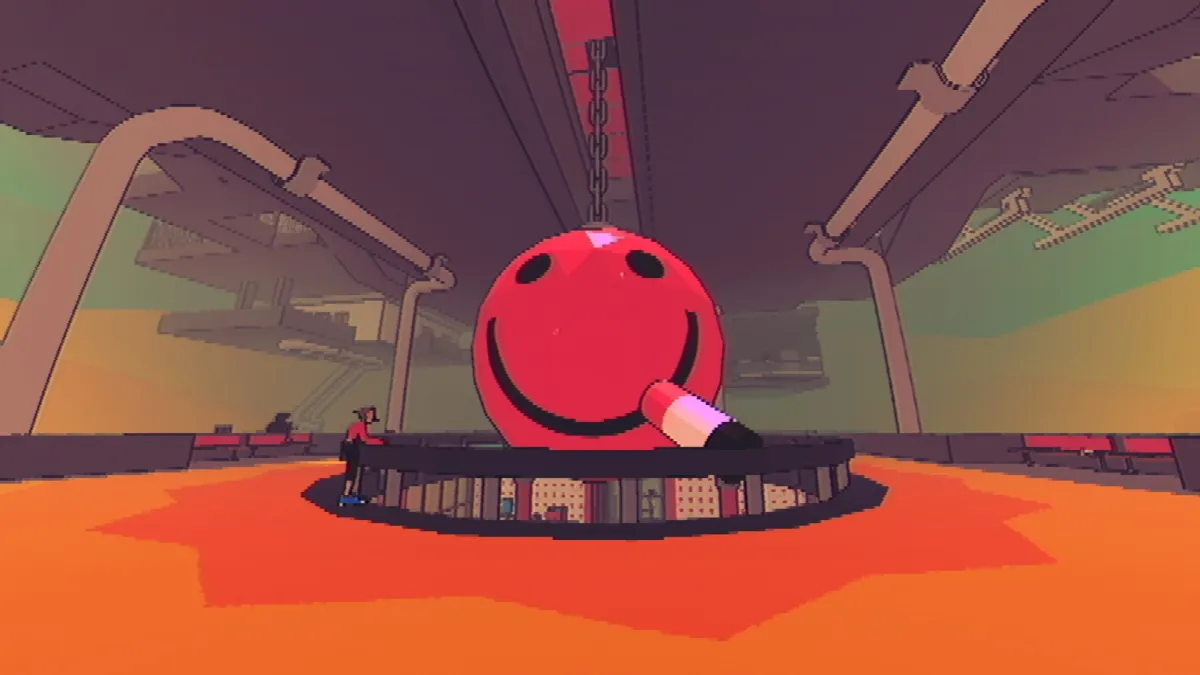
Published: Mar 10, 2016 08:28 pm